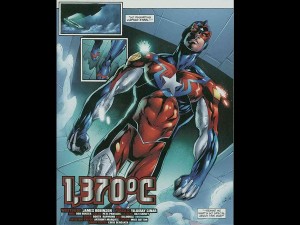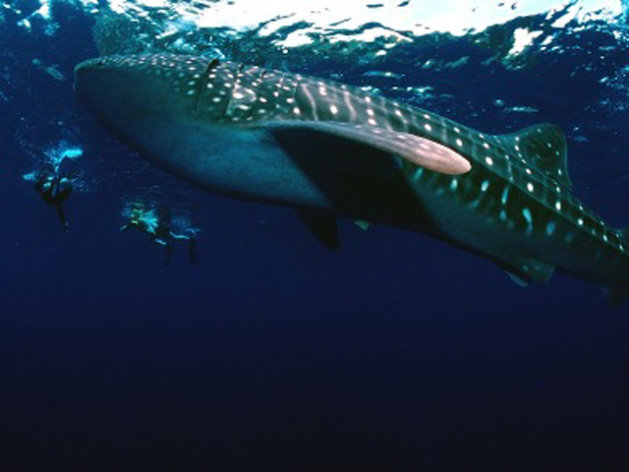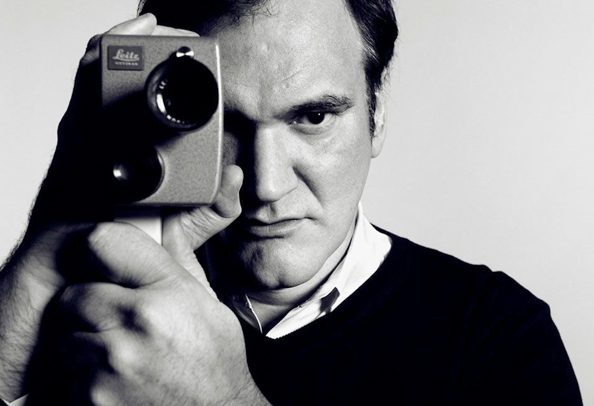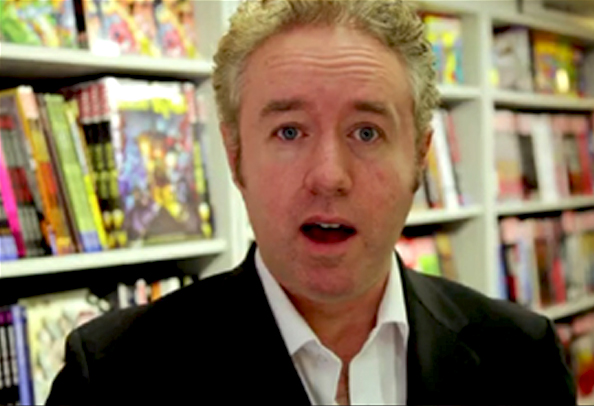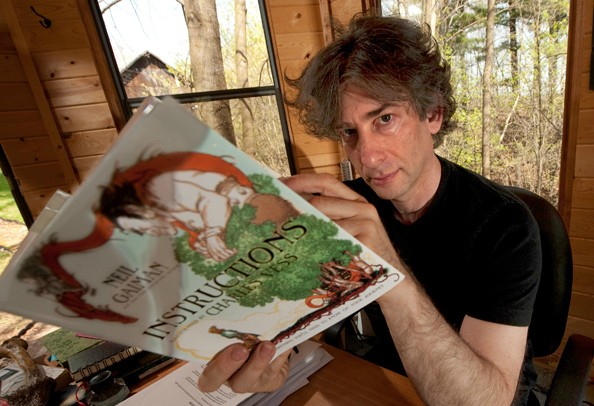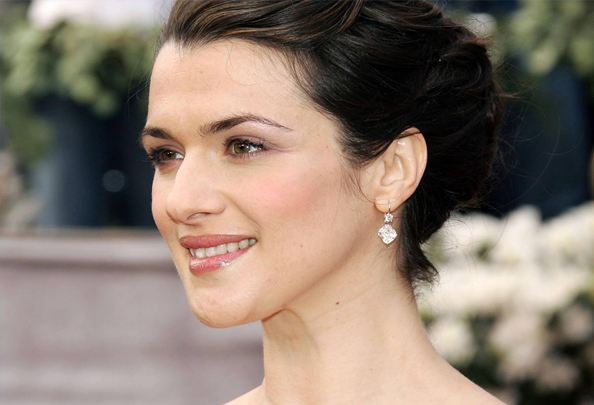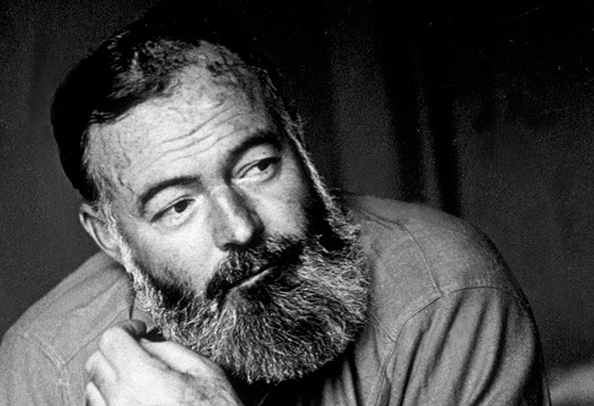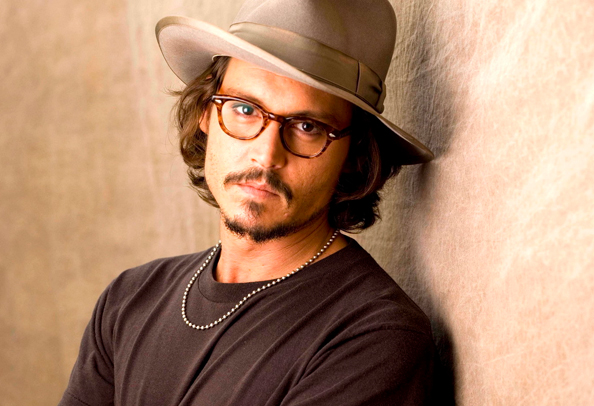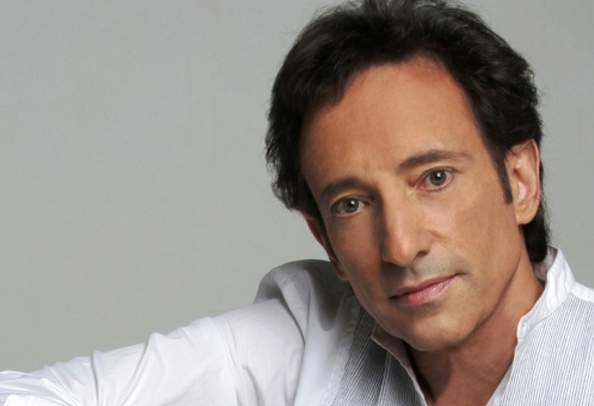Consumer confidence hits record high

MANILA, Philippines - Consumer confidence has hit record high this quarter as the country’s strong economic growth is expected to translate to more investments, more hiring and higher salaries, the Bangko Sentral ng Pilipinas (BSP) reported yesterday.
According to the results of the Consumer Expectations Survey, the overall confidence index (CI) climbed to -5.7 percent for the next quarter from -11.2 percent in the previous three months.
The current CI – although still negative – is the highest since the BSP survey began in the first quarter of 2007, central bank assistant governor Ma. Cyd Tuaño-Amador told reporters in a briefing.
A negative result in the index indicates the pessimists outnumber the optimists “although the margin between the two declined to its lowest ever,” she said.
Rosabel Guerrero, director of the BSP’s department of economic statistics, attributed the result to “better job opportunities, increased investment inflows that would support job creation and salary increases.”
“Consumers also cited the country’s strong macroeconomic fundamentals and the investment grade credit rating by Fitch Ratings as factors that contributed to their more bullish outlook,” she told reporters.
Slow inflation and a “stable” foreign exchange rate give consumers more purchasing power to spend for goods and services, in addition to public savings.
Based on the results, the savings rate declined to 22.4 percent from 24.5 percent, indicating “people needed cash at hand” to spend for their basic needs such as during the enrollment period, Amador said.
In contrast, the spending outlook for the current quarter was “broadly steady” at 39.5 percent for the next quarter. “More respondents considered the current quarter as a favorable time to buy big-ticket items,” the survey said.
Since the economy is 70 percent made up of consumption activities, Amador said a “respectable” growth rate for the current quarter should be expected, especially since election spending could have kicked in during this period.
“There is reasonable belief that (the economy) can grow faster,” she pointed out, declining to elaborate.
For the next quarter though, the CI dipped to 4.1 percent from 7.8 percent, while for the next 12 months, it went down to 16.1 percent from 18.5 percent.
“The less sanguine outlook stemmed from expectations of lower harvests and slower business activities during the rainy season which could cause work interruptions,” Guerrero explained.
The survey, held from April 3 to 15, was conducted from 5,884 households nationwide. A response rate of 97.3 percent.

MANILA, Philippines - Consumer confidence has hit record high this quarter as the country’s strong economic growth is expected to translate to more investments, more hiring and higher salaries, the Bangko Sentral ng Pilipinas (BSP) reported yesterday.
According to the results of the Consumer Expectations Survey, the overall confidence index (CI) climbed to -5.7 percent for the next quarter from -11.2 percent in the previous three months.
The current CI – although still negative – is the highest since the BSP survey began in the first quarter of 2007, central bank assistant governor Ma. Cyd Tuaño-Amador told reporters in a briefing.
A negative result in the index indicates the pessimists outnumber the optimists “although the margin between the two declined to its lowest ever,” she said.
Rosabel Guerrero, director of the BSP’s department of economic statistics, attributed the result to “better job opportunities, increased investment inflows that would support job creation and salary increases.”
“Consumers also cited the country’s strong macroeconomic fundamentals and the investment grade credit rating by Fitch Ratings as factors that contributed to their more bullish outlook,” she told reporters.
The local economy expanded 7.8 percent in the first three months of the year, surpassing market expectations to become Asia’s fastest growing economy. This was achieved against the backdrop of a slow three-percent inflation.
Based on the results, the savings rate declined to 22.4 percent from 24.5 percent, indicating “people needed cash at hand” to spend for their basic needs such as during the enrollment period, Amador said.
In contrast, the spending outlook for the current quarter was “broadly steady” at 39.5 percent for the next quarter. “More respondents considered the current quarter as a favorable time to buy big-ticket items,” the survey said.
Since the economy is 70 percent made up of consumption activities, Amador said a “respectable” growth rate for the current quarter should be expected, especially since election spending could have kicked in during this period.
“There is reasonable belief that (the economy) can grow faster,” she pointed out, declining to elaborate.
For the next quarter though, the CI dipped to 4.1 percent from 7.8 percent, while for the next 12 months, it went down to 16.1 percent from 18.5 percent.
“The less sanguine outlook stemmed from expectations of lower harvests and slower business activities during the rainy season which could cause work interruptions,” Guerrero explained.
The survey, held from April 3 to 15, was conducted from 5,884 households nationwide. A response rate of 97.3 percent.
